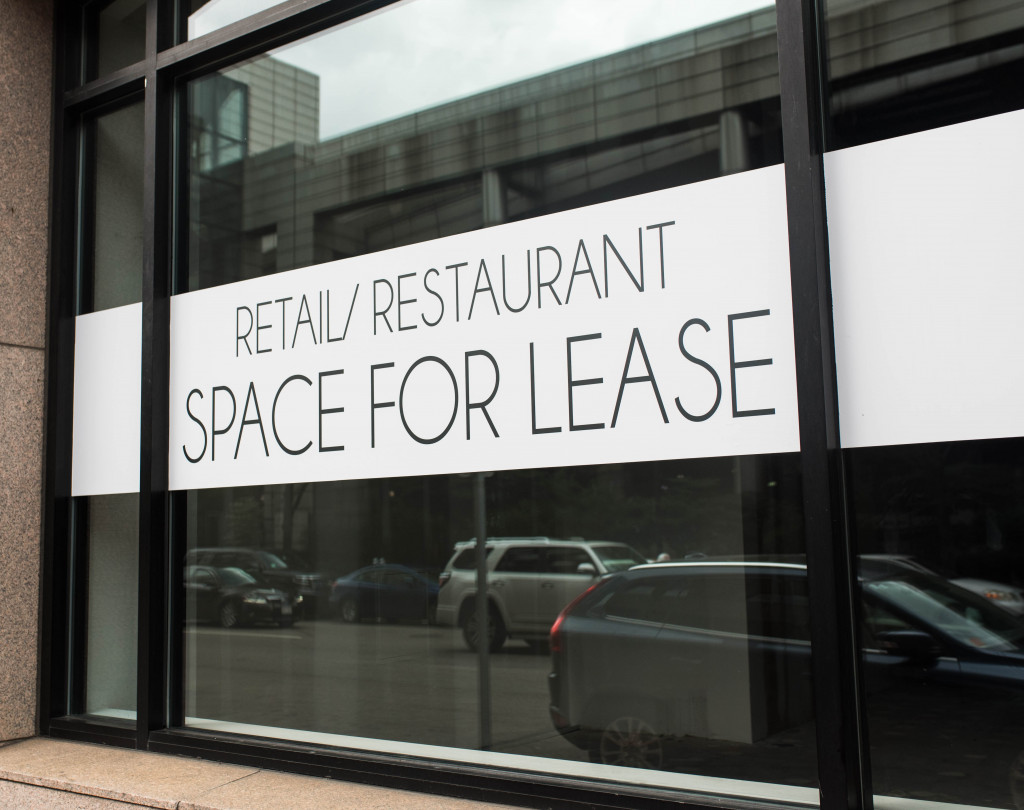- Investing in a commercial property can generate higher returns than residential properties.
- Commercial properties can provide landlords with stability and steady cash flow due to longer leases and tenants that stay longer.
- Understand target tenants to maximize investment value, determine rental rates, and offer discounts or promotions to incentivize long-term leases.
- Design the space efficiently by maximizing space utilization, providing accessibility options, incorporating automation systems, and investing in sustainable features.
- Create a leasing plan to research market trends, set rental rates, attract quality tenants quickly, and establish maintenance protocols.
Investing in a commercial property can be more beneficial than investing in a residential property. Commercial properties typically generate higher returns than their residential counterparts, making them an attractive investment option for those looking to create passive income. Additionally, since commercial properties are more likely to have longer leases and tenants tend to stay longer, they provide landlords with more excellent stability and a steady cash flow.
A recent survey from the National Real Estate Investor found that total returns on investments in commercial properties were nearly 8%, compared to 5% for residential properties over the same period. Furthermore, commercial real estate investors enjoyed higher net operating income than residential investments.
Apart from the financial benefits of investing in a commercial property, these investments also offer landlords added benefits such as stronger tenant relationships, greater control over the tenant selection process, and more flexibility regarding leasing terms. This can help ensure that your investment produces maximum value and increases your long-term return on investment (ROI).
However, preparing your space for leasing can involve significant time and money. Investing in the right improvements can make all the difference in securing tenants, attracting the highest possible rent, and ensuring long-term success for your commercial property.
Here are some critical considerations for building up a commercial property:
Understand Tenant Targets
Understanding your target audience is essential for any successful commercial property. By understanding who your ideal customer is, you can tailor the space to their needs and maximize the potential of your investment. For instance, if you target small businesses, providing more flexible leasing terms may be beneficial. Additionally, you can make improvements that cater specifically to their needs, such as providing a shared conference room or other amenities to help them save costs.
In addition, understanding your target audience will also help you determine the rental rate for the space. By researching similar properties and analyzing current market trends, you can ensure that you set a fair price and attract quality tenants willing to pay rent on time.
Finally, by knowing who your target tenant is, you can also make decisions regarding additional services or amenities that may be of value to them. This could be anything from offering discounts on utilities to providing access to co-working spaces or other resources that could increase interest in your property and marketability.
Ensure Efficiency in Design

The importance of efficiency cannot be overstated when preparing a space for businesses. Efficiency can make or break an investment property, as maximizing value and profits depends on utilizing the area properly and efficiently. Here are four aspects to focus on when it comes to efficiency in commercial property design:
Maximizing Space Utilization
Maximizing space utilization is essential for any commercial property. By understanding the target demographic and leasing needs, landlords can ensure the space is used optimally. This includes considering factors such as optimal floor plans, good storage options, and even zoning laws that may need to be considered. Additionally, utilizing multifunctional furniture and fixtures can help reduce clutter while ensuring that all building areas are used effectively.
Providing Accessibility Options
Providing accessibility options is another crucial factor in ensuring an efficient commercial property. This could include installing wheelchair ramps, providing braille signage throughout the building, or offering handicap-accessible bathrooms and showers. Making sure your space is accessible not only helps accommodate people with disabilities but also signals that you are serious about providing quality services at your business premises.
Incorporating Automation Systems
Incorporating automation systems into commercial property is a great way to increase efficiency while reducing costs associated with maintenance tasks like lighting and air conditioning systems. Smart technology also allows landlords to monitor their buildings remotely, quickly identifying potential problems before they become major issues down the line. Additionally, these systems can help provide tenants with more comfort and convenience by adjusting temperatures automatically based on occupancy levels or time of day settings.
Investing in Sustainable Features
Investing in sustainable features such as energy-efficient windows and insulation materials can help reduce operating costs significantly over time by decreasing energy usage within the building’s envelope and improving occupant comfort levels simultaneously. Furthermore, eco-friendly upgrades can boost tenant satisfaction by showing them that you care about their well-being as much as your bottom line. It would be best to consider getting energy performance certificate testing to assess your property’s efficiency and potential for improving energy performance.
Creating a Leasing Plan

Creating a comprehensive leasing plan is essential to maximize success when leasing out commercial property. This includes researching current market trends, determining rental rates based on local competition and demand levels, developing marketing strategies to attract quality tenants quickly, and establishing maintenance protocols for common areas and tenant spaces. Additionally, landlords should consider offering promotions or discounts to incentivize tenants to sign long-term leases and remain loyal.
Final Thoughts
Leasing a commercial property can be an excellent way to generate passive income, but it requires preparation and effort. By understanding your target tenants, designing the space efficiently, investing in sustainable features, and creating an effective leasing plan, you can significantly improve the chances of success of your commercial property investment. With careful consideration and strategic investments in the right areas, you can maximize returns on your investment while providing quality services to tenants.

